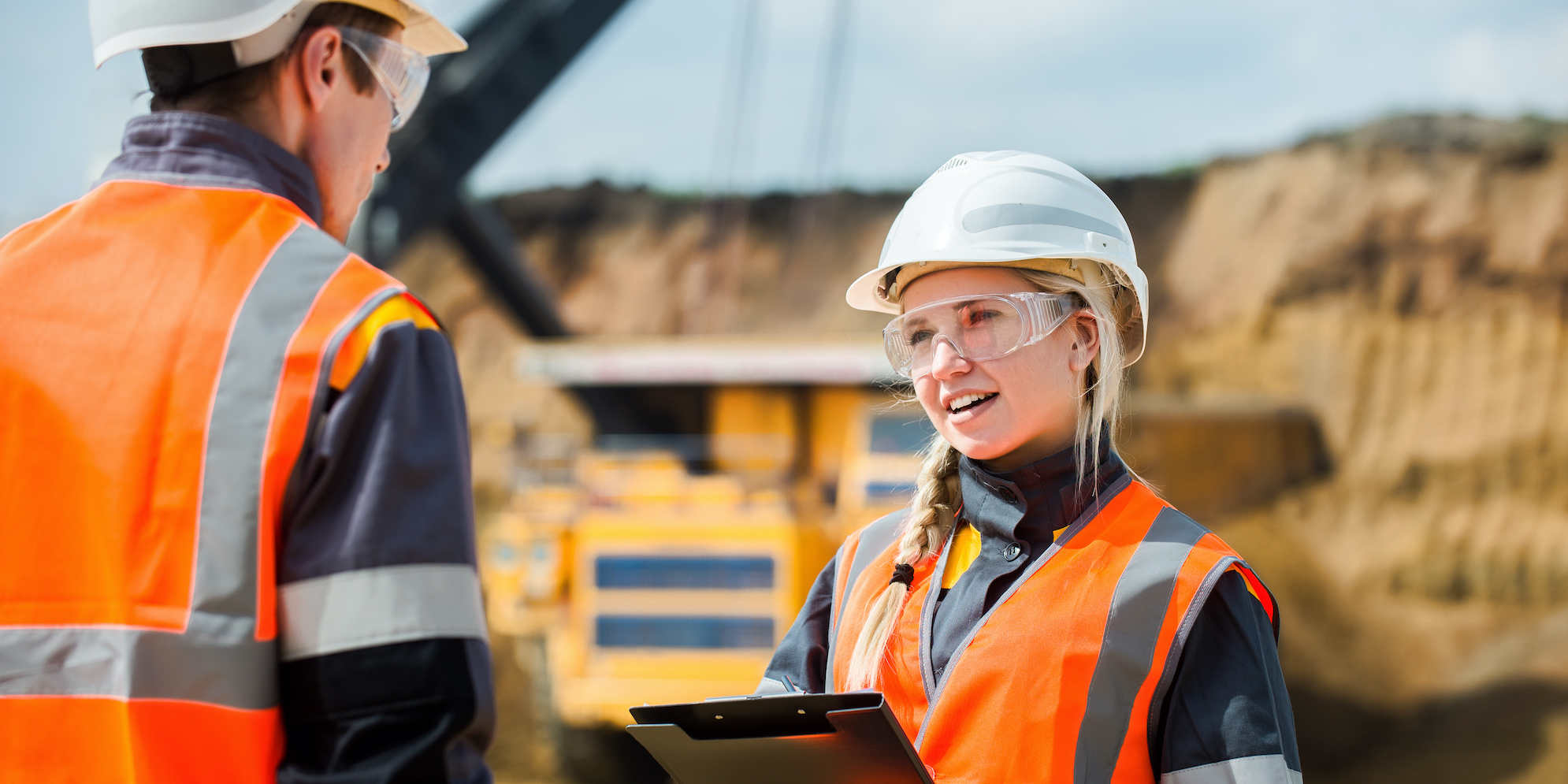A workplace can be a dangerous place. Whether you’re working on a construction site or at a manufacturing facility, there are many hazards that can lead to injury or death. The good news is that technology exists to help keep your employees safe and reduce the risk of an accident. In this post, we’ll explore seven ways technology can improve worker safety.
Advanced Exoskeleton Suits
Advanced exoskeleton suits are wearable robots that can help people with strength, endurance, and mobility. They can be used by people with disabilities, or in the workplace to reduce the risk of injury. Exoskeletons have been developed for a variety of industries—from construction to military operations—but one area where they’ve found success is in helping workers who may be at risk for workplace injuries.
These suits provide additional stability for lifting heavy objects and can give workers the ability to lift heavy objects more easily. While you won’t see them used to lift cars, they can be used to lift heavy boxes and materials that would’ve put people at risk of injury. Using an exoskeleton suit provides additional safety for workers.
click here – What Is A Weed Pen?
Telematics Devices
Telematics devices are a great way to monitor the location of your drivers and ensure they are staying safe. This can be done through GPS, which allows you to know exactly where each worker is at any given time. It can also be used to monitor the speed at which they’re moving, and if they are stopped along their route. This can be used to tell employers if there is a problem, an accident, and more.
Scanners For Tightening Bolts And Nuts
Bolt and nut tightening is important for ensuring that your machinery doesn’t break down, but it’s also important for worker safety. Many accidents occur when bolts or nuts come loose. When bolts loosen or fall off, they can cause serious injury to workers who are nearby. Scanners help you to ensure that bolts and nuts are tightened properly.
click here – Do CBD Topical Creams Work?
Guardrails And Safety Nets
Guardrails and safety nets are effective means of preventing falls. Guardrails can be installed on ladders, scaffolding, and roofs to ensure that workers are protected from the risk of falling. In addition, guardrails should be installed according to the manufacturer’s instructions.
Safety nets can also be used as a precautionary measure against falls. If you have a work environment that requires staff to work up high, these nets can provide an added measure of safety for these employees. When installing safety nets, it’s important to make sure you understand how they work and where they should be placed in order for them to be effective in protecting workers from dangerous accidents.
Personal Monitoring Devices
Personal monitoring devices are used to monitor worker safety in hazardous environments. They can be used to check the number of hours worked, temperature and humidity, and other conditions that may affect a worker’s health or safety. These monitors alert workers when they are in danger. This technology is especially useful for preventing accidents in high-risk industries such as construction, manufacturing, and oil and gas drilling.
Portable Lighting
Portable lighting is an essential safety tool for any worker who needs to work in a dark environment. Portable lighting can be used to illuminate dark areas and dangerous areas. Portable lights are easy to carry around and can be used almost anywhere. They’re also affordable, so you don’t have to worry about putting a strain on your budget when purchasing this type of equipment.
Lighting is often overlooked by employers as a way of improving worker safety, but it’s actually one of the most important things you can do for your employee’s well-being on the job site or in other environments where they may be working at night or in dimly lit environments like basements or attics. With portable lighting available that is small but very bright, employees can take these lights into almost any environment.
Video Surveillance
Video surveillance can be used to monitor workers in hazardous areas, such as the construction site or a factory floor. It can also be used to monitor workers for safety, quality control, and training purposes. Some employers may opt for body-worn cameras so that their employees are aware that they are being watched at all times. Body-worn cameras allow you to see exactly what your employees see on their end and provide evidence, such as with the police, as needed. This technology gives you an added layer of protection against workplace violence and abuse claims by allowing you to review footage when necessary.

